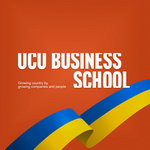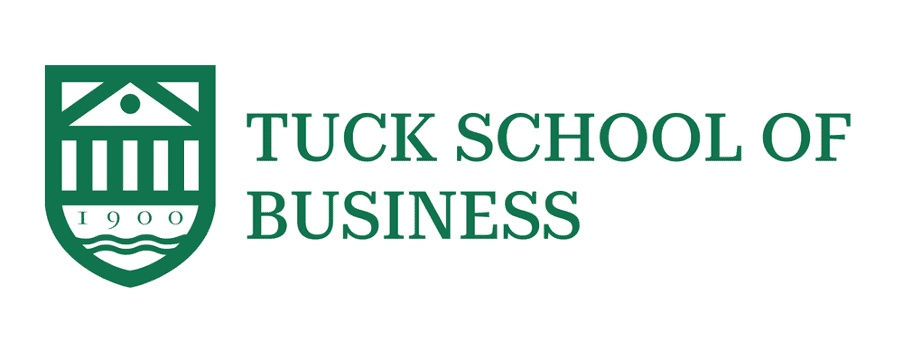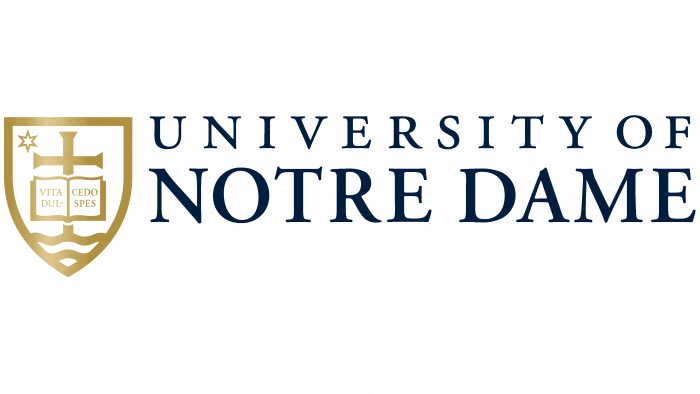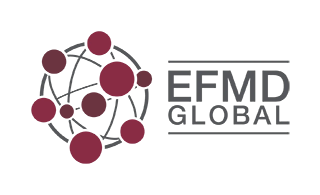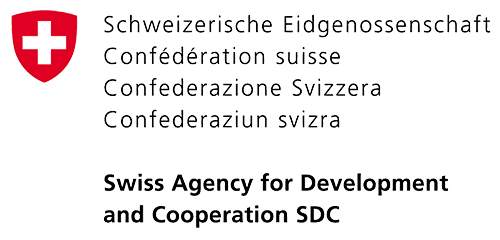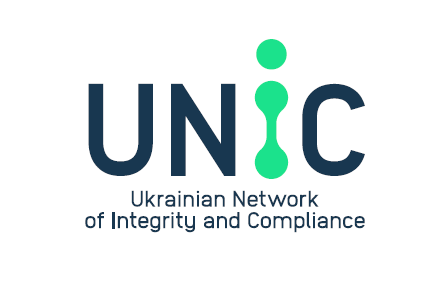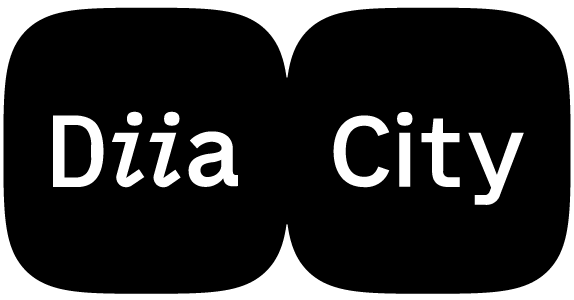SEAM stands for Socio-Economic approach to management and is based on a belief system about management that is different from traditional management premises. Contrary to traditional management that offers a fragmented analysis of organizations, the socio-economic approach looks at any organization holistically and unveils both hidden costs and data which are needed for leaders’ effective decisions-making.
What is different about SEAM? John Conbere, MDiv, EdD, and Alla Heorhiadi, PhD, EdD, management experts who practice, research, and teach the Socio-Economic Approach to Management (SEAM), a French school of organizational development, tell you all about it.
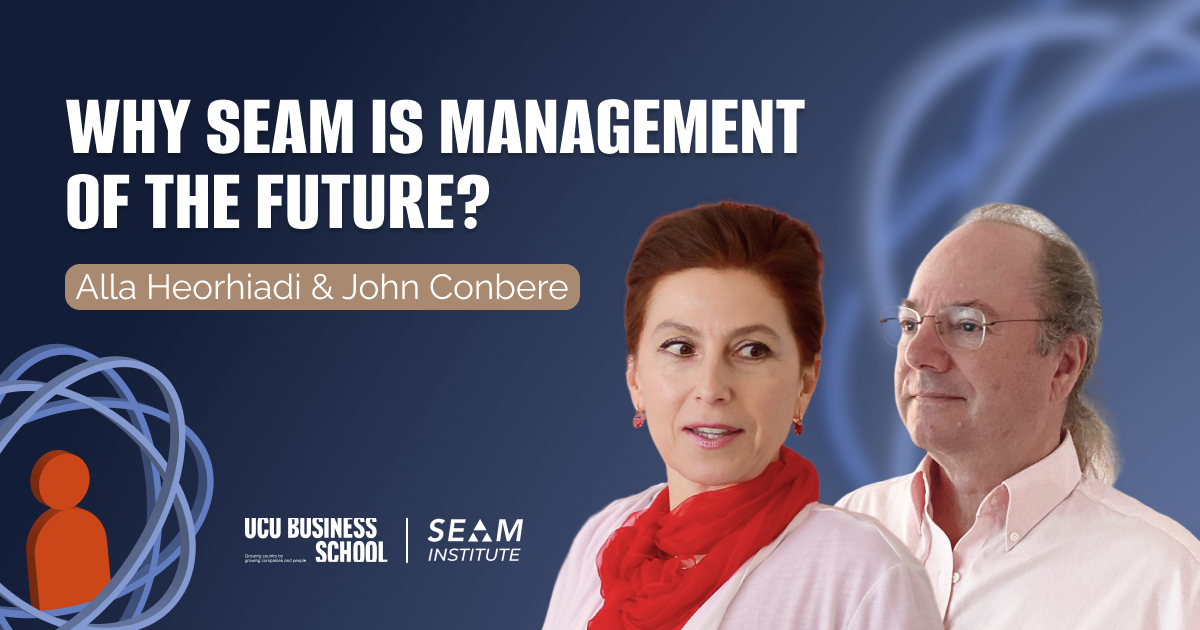 Socio-economic focus.
Socio-economic focus.
Historically, organizations paid attention only to profit, forgetting that humans are the ones who can create that profit.
 It is impossible to separate the people side, or “socio,” from the economic side, or productivity and profit, without creating a distortion. The separation is delusional, yet the current mental model of management places much more attention on the economic side rather than on the people side, or as it is frequently called, dismissively, “the soft side.”
It is impossible to separate the people side, or “socio,” from the economic side, or productivity and profit, without creating a distortion. The separation is delusional, yet the current mental model of management places much more attention on the economic side rather than on the people side, or as it is frequently called, dismissively, “the soft side.”
Ironically, focusing only on the economic side leads to a reduction of organizational productivity and profits in the long-term.
A different mental model of management.
Modern western organizational management theory is rooted in concepts developed during the beginnings of the Industrial Revolution in the late 1800s and early 1900s, and is shaped by a series of thought leaders of that time. More than a century later, this theory still remains the dominant mental model of management of the great majority of leaders in the Western world. This mental model includes a set of flawed beliefs about the human nature, work, and workplace.
 Human potential.
Human potential.
The socio-economic focus allows for developing human potential, another cornerstone idea of the socio-economic theory.
SEAM is based on the premise that the source of value-added in organizations lies in developing human potential.
This premise challenges the neoclassical economic theory that emphasizes the role of capital in increasing value added, as well as the Marxist economic theory with its idea that labor is the source of value added. According to the SEAM theory, the way to enrich an organization’s profit is to invest in people and grow their potential. When people develop, they become more engaged and more interested in contributing to the organization’s well-being. All people have potential and, if they are in the right place, they can add value to an organization.
 The role of management.
The role of management.
One of the goals of SEAM is to change how people manage. While it may be politically incorrect to say this about management, it is necessary to identify that the cause of many organizational problems is poor management.
Often people are promoted to managerial positions based on their technical knowledge or skills. However, being a good professional does not automatically make people good managers, as knowing and managing a business process is different from managing people. Some managers, or supervisors, do not have any managerial training or knowledge of management tools, and sometimes they may have little to no training in interpersonal communication and conflict management. Many managers are taught some very poor habits, and/or they pick these habits up through the examples of management they see around them.
Poor management is not the fault of the individual managers; it is both a failure of an organizational system and the result of the dominant mental model of management.
 Changing the system vs. changing individuals.
Changing the system vs. changing individuals.
Frequently, when there is a problem in an organization, the tendency is to blame individuals. However, an organization is a system and if something does not work, then the system becomes unhealthy. The unhealthy system is the problem; so blaming individuals will not fix the organizational system. In current business practice blaming employees for problems is quite common. Blaming is also unethical because it is the unhealthy system’s dysfunctions that make employees less effective. Organizational problems and dysfunctions are what evaporate people’s energy. Usually, most employees try to do their best and they are willing to contribute to the success of their organizations.
SEAM’s focus is on fixing the system without attaching the blame for problems to individuals. In this program you will learn how to identify and correct organizational dysfunctions.
Hidden costs analysis.
Often, leaders and managers do not have all of the information they need to make the best decisions. Hidden costs are one example of hidden data, that are not accounted by a traditional accounting.
For example, the average amount of hidden costs for an average organization would be more than $20,000 per employee per year. In high tech companies or heavy-duty manufacturing, this number may rise to $80,000 per employee per year. One can do the math and by multiplying this number with the number of employees, it is easy to see how much a certain organization loses annually.
Information about hidden costs can benefit the organization in two ways:
First, when employees, and especially leaders, see the numbers, they are more eager to invest time and effort into resolving the most expensive and risk-generating issues.
Second, hidden costs analysis provides leaders with additional information which they usually do not have when making decisions.
 For an organization to be efficient and stay competitive in the market, leaders need accurate and full information for decision making. Calculating hidden costs fills the gap between traditional accounting and the financial reality in which the organization operates.
For an organization to be efficient and stay competitive in the market, leaders need accurate and full information for decision making. Calculating hidden costs fills the gap between traditional accounting and the financial reality in which the organization operates.
In summary, the Socio-Economic Approach to Management is based on several concepts that radically differ from mainstream economic and management beliefs about effective and profitable organizations.
- Human potential is the sustainable source of value added in the workplace.
- There are some serious flaws in the dominant mental model of management in western societies, which causes poor performance of organizations.
- Poor organizational performance is the product of organizational dysfunctions and hidden costs. The average hidden costs range between $20,000 – 80,000 per employee per year.
- The most effective organizational change involves the whole system and begins with leaders.
- Organizations have duty to society as well as to owners and shareholders, a responsibility which can lead to socially responsible capitalism.
Learn and find out more about the new program SEAM: the mental model of future management.
Note: This is an extract from the book by Conbere, J. P., & Heorhiadi, A. (2018). The Socio-Economic Approach to Management: Steering Organizations into the Future. Singapore: World Scientific Press. ALL RIGHTS RESERVED.
Read more about SEAM in the articles:
Socio-Economic Approach to management http://www.seaminstitute.org/uploads/5/2/3/7/52374523/seam_a_successful_systemic_approach_to_organizational_change.pdf
Why SEAM remains a well-kept secret http://www.seaminstitute.org/uploads/5/2/3/7/52374523/why_seam_is_a_secret.pdf






